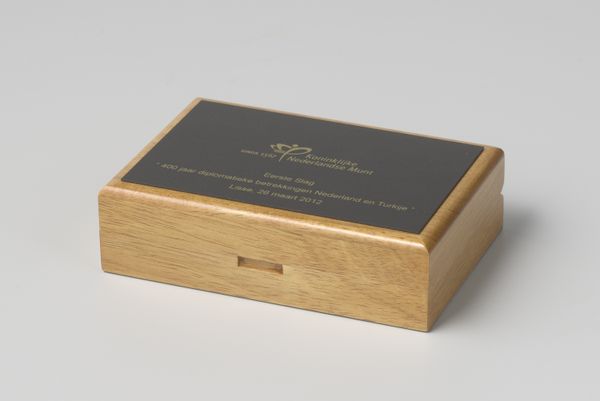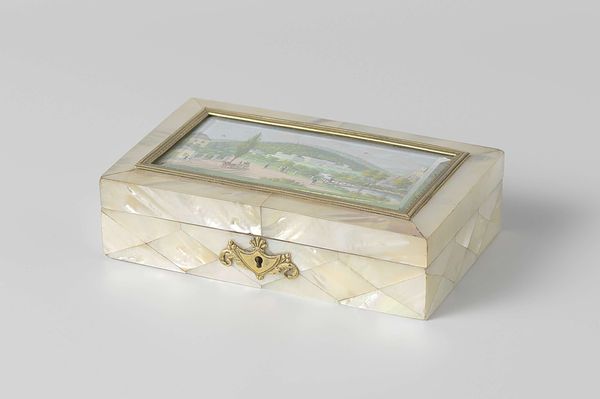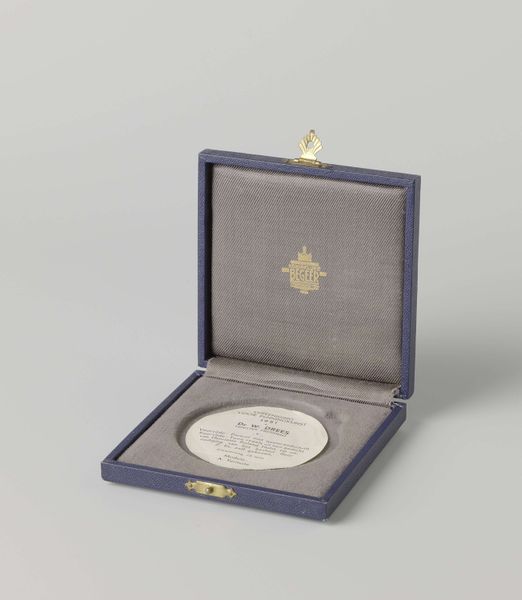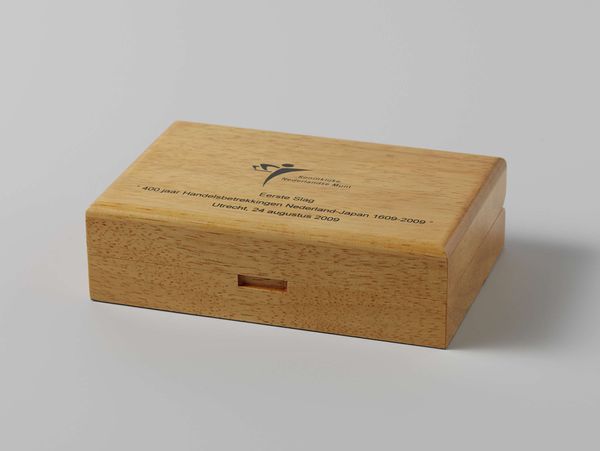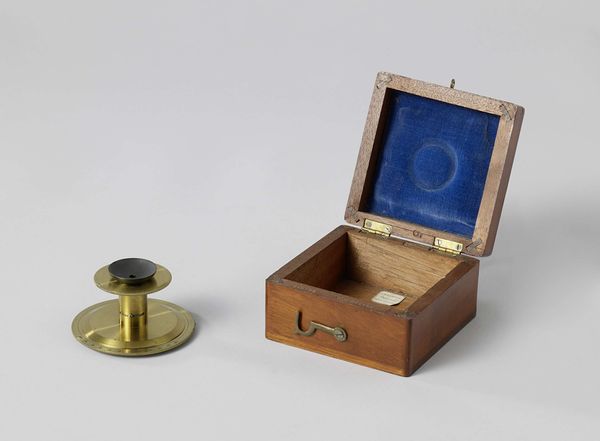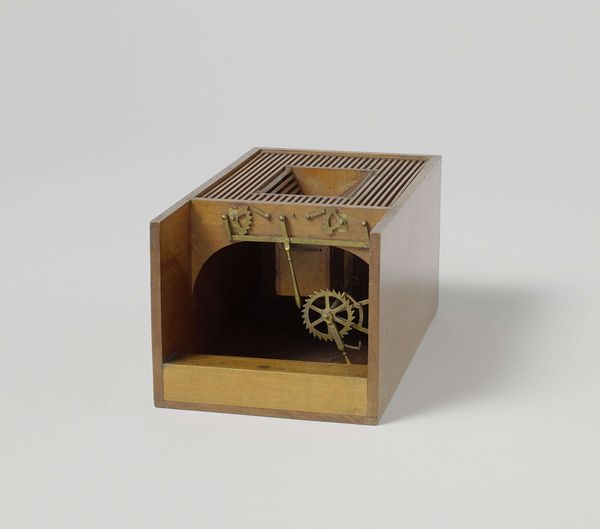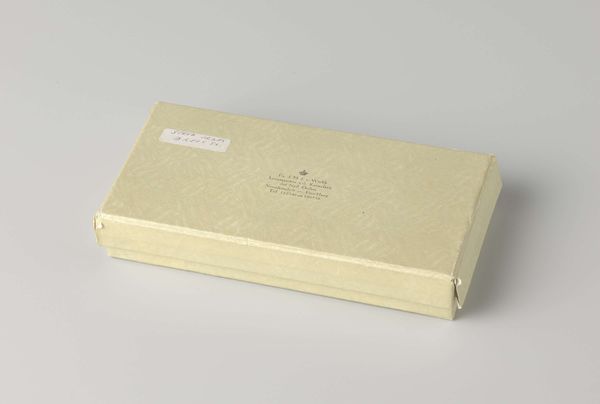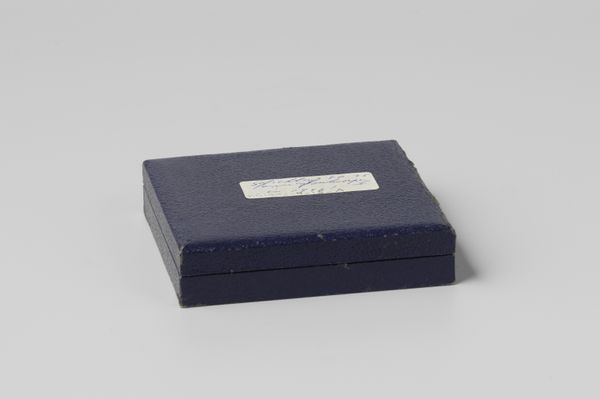
metal, photography, wood
#
studio photography
#
advertising product shot
#
product studio photography
#
product shot
#
still-life-photography
#
metal
#
photography
#
product design photgrpaphy
#
metallic object render
#
product mock up
#
graphic design product photography
#
wood
#
product photography
#
product render
Copyright: Rijks Museum: Open Domain
Editor: Here we have the commemorative coin ‘150 Years Max Havelaar’ from 2010, produced by the Koninklijke Nederlandse Munt NV. The coin itself sits nestled in a velvet lined wooden box. The presentation is really striking; it elevates a coin to almost jewel-like status. What do you see in this piece, viewed as a cultural artifact? Curator: It’s fascinating how a commemorative coin, seemingly a simple object, becomes imbued with layers of socio-political meaning. Consider 'Max Havelaar', the book this coin celebrates. It exposed the abuses of Dutch colonialism in Indonesia. How does the coin, in its luxurious presentation, complicate the anti-colonial message of the book it commemorates? Editor: That’s a good question. On one hand, it's celebrating a critical text, but the luxurious packaging feels...at odds with the book's message. Curator: Exactly. Is it a celebration of social justice, or a sanitised, marketable commodity? What is the target market for this commemorative coin? And how might that impact the message being conveyed? Editor: Perhaps it's intended for collectors, investors... those with a vested interest in Dutch history, possibly overlooking its darker aspects? Curator: Precisely. It raises questions about the role of national mints and museums in shaping collective memory. Is this an attempt to acknowledge a difficult past, or to repackage it for consumption? Think about the iconography used, the careful choice of materials... Editor: So, even something as simple as a commemorative coin can open up complex discussions about colonialism, memory, and the commodification of history. Curator: Absolutely. And it reminds us to critically examine how institutions present narratives about the past.
Comments
No comments
Be the first to comment and join the conversation on the ultimate creative platform.

